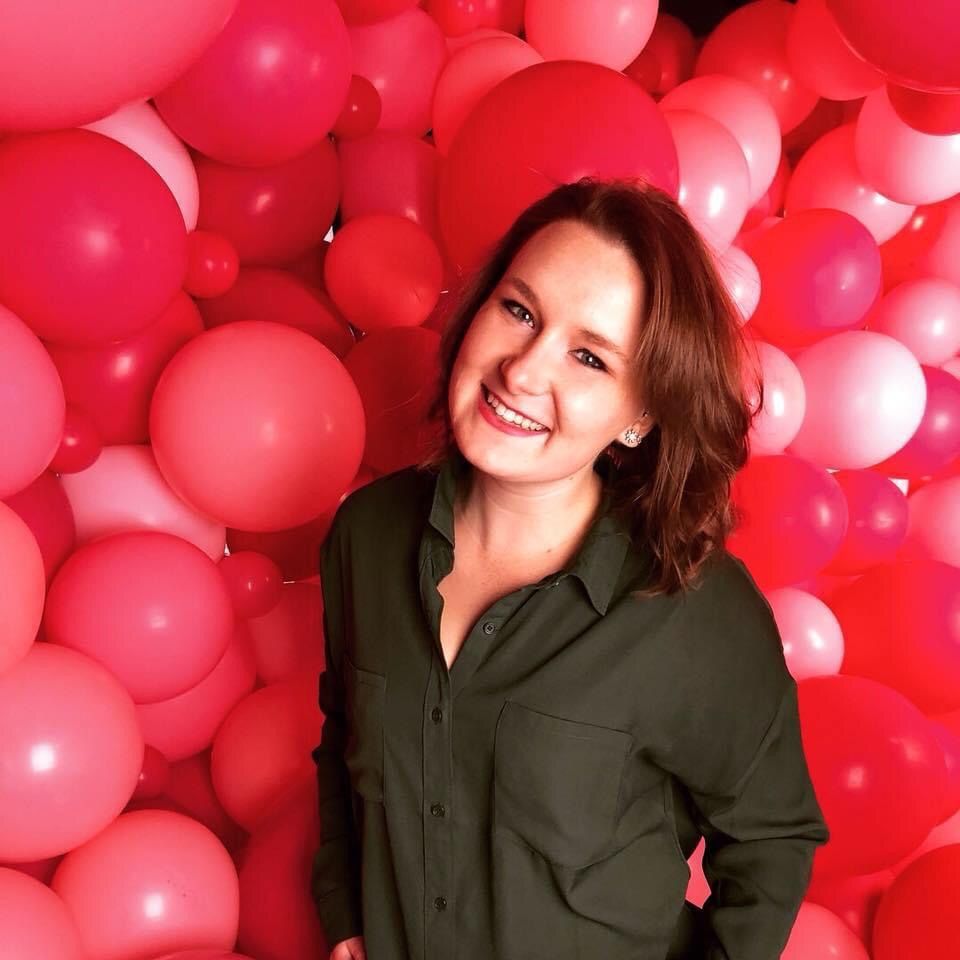Seasonal Affective Disorder (SAD)
- Victoria Zorich

- Oct 5, 2020
- 4 min read

Many are thrilled with the approach of fall; brisk air, autumn colors, all the makings of sweater weather. But as the days grow shorter and the nights become longer, Seasonal Affective Disorder (SAD) begins to take root. SAD is a type of depression that is related to seasonal changes — SAD begins and ends at about the same times every year. If you're like most people with SAD, your symptoms start in the fall and continue into the winter months, sapping your energy and making you feel moody. Many times individuals may not know they have SAD and just dismiss their feeling as being in a funk, or having the "winter blues". With a little digging, one finds that these moods occur around the same time every year. It is possible, though it is less likely, to have SAD during the spring and summer months.
SAD is a type of depression which coincides with the seasons, this means that it is separate from everyday/major depression. In order to tell if you or a loved one suffers from Seasonal Affective Disorder, first consider the symptoms. In order to be diagnosed with SAD, the criteria for major depression as well as the specific symptoms of either season they believe coincides with their seasonal depression must be met.
Feeling depressed most of the day, nearly every day
Feeling hopeless/ worthless
Low energy
Lost interest in activities you once enjoyed
Problems with sleep
Changes in appetite or weight
Feeling sluggish/ agitated
Difficulty concentrating
Frequent thoughts of death/ suicide.

Symptoms specific to Winter-Onset SAD (Winter Depression), may include:
Oversleeping/Hypersomnia
Overeating
Craving foods high in carbohydrates
Weight gain
Tiredness/ low energy
Social withdrawal (feel like "hibernating")

Symptoms specific to Summer-Onset SAD (Summer Depression), may include:
Trouble sleeping (insomnia)
Restlessness
Poor appetite
Weight loss
Agitation/ anxiety
Episodes of violent behavior
Already having major depression or bipolar disorder puts individuals more at risk of SAD. Young adults are also at a higher risk, and it has even been reported in children and young adults. Other factors that increase risks include:
Treatment of SAD include light therapy, mind-body connection, regular exercise, medications, healthy eating habits, psychotherapy or another form of professional guidance. Mind-Body Connections are techniques some individuals choose in order to help cope with SAD. These techniques include the use of meditation, guided imagery, music or art therapy, and relaxation techniques such as yoga, tai chi, or MASSAGE.
Environment plays a huge part in the treatment of Seasonal Affective Disorder. During the fall and winter months it is better to open blinds and allow for any extra bright sunlight into the house. Exercising regularly is a HUGE help when it comes to battling stress, anxiety, and relieving depression. Walking outside can be a big mood improver even during the colder months. Being outside in general with natural light can be a game changer. As noted above, Light Therapy is a popular treatment when it comes to treating SAD. Special light boxes mimic natural light which causes a change within body's brain chemicals that are linked to mood.
Massage is another therapy used when it comes to treating Seasonal Affective Disorder. SAD is a type of depression and Massage Therapy has proven its ability to release the physical and mental burdens of depression and counteract them, as well as other physiological mood factors that often accompany SAD.
It is unclear how massages benefit those with depression, though Christopher Moyer, PhD and assistant professor of psychology at the University of Wisconsin–Stout, believes it works similarly to psychotherapy. Similarities between the two include, '50-minute hour' long sessions held in private settings, repeat sessions with long-term goals in reduction of anxiety or depression at a forefront. He further connects the two through interpersonal relationships between client and practitioner founded on trust. Moyer says, "Some psychotherapy researchers think that the existence of the trusting relationship—sometimes referred to as the therapeutic bond, or as the working alliance—is the most important component of psychotherapy’s effectiveness. And the same may also be true for massage therapy, though this is something that needs to be researched.”

Alice Sanvito, Massage Therapist and owner of Massage-St. Louis in St. Louis, Missouri, points out that depression takes as much of a physical toll as it does a mental one.
It is important for those suffering from Seasonal Affective Disorder (SAD) to form preventative habits that include healthy eating, exercising, receiving regular massages, and getting enough sunshine in the fall and winter months. Being aware of Seasonal Affective Disorder, knowing whether or not it affects you, and taking preventative measures will lesson the likelihood of getting the "winter blues" this coming SAD Season.


.png)















Comments